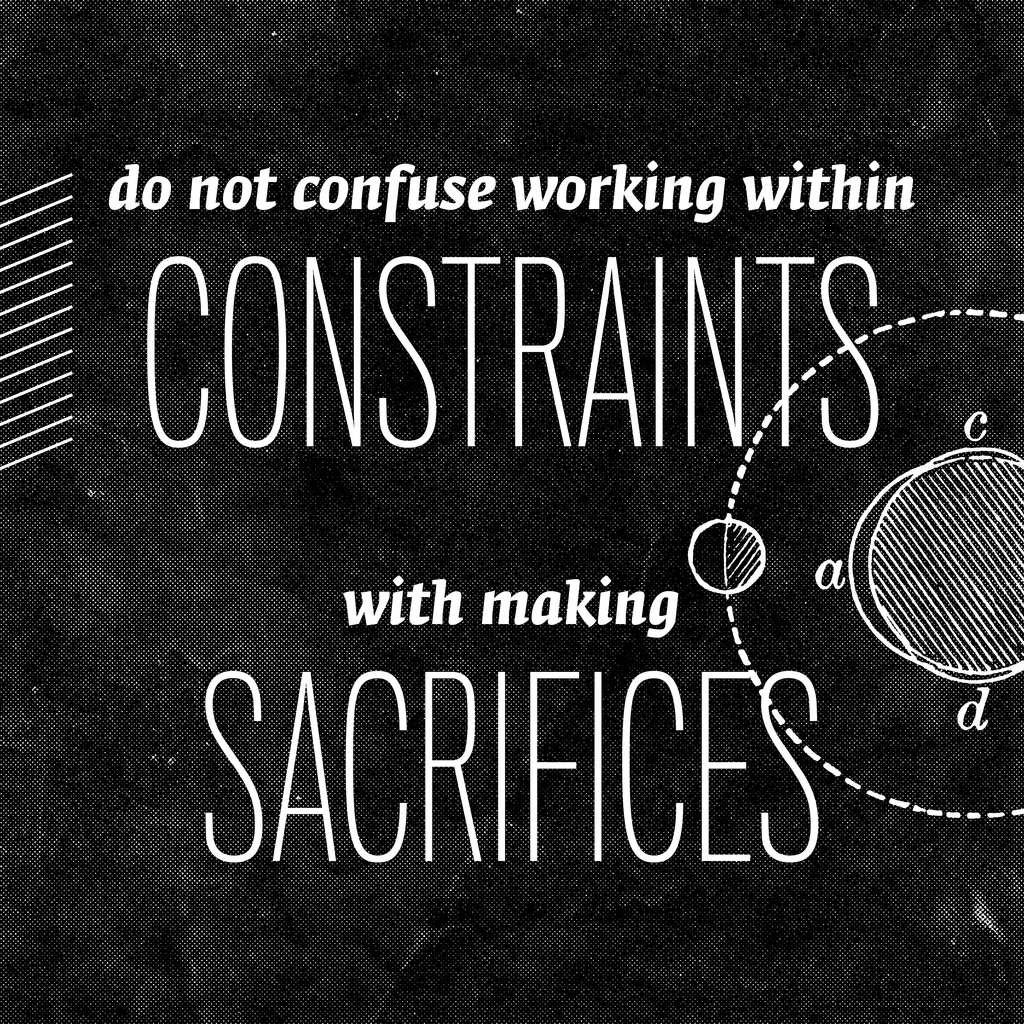
What did you do well?
- This semester I did very well at learning how to condense what I learnt, read, and written, and consolidate them with my thoughts in order to produce concise but detailed blog posts.
- I explored may new forms of interactive media, and reviewed them using various insights I had learnt through the course material, as well as strengthening my critical analysis/evaluation skills (using De Bono’s method).
- I grappled with concepts until I really felt that I understood them (at least to the capacity I can understand them at the current time in my life/academic career).
- I have participated fully in the group project, and tried to play to my strengths and support my team members.
- I have learnt to embrace the possibilities of different forms of media, change how I think about conceptions of film/audiences/authorial intent/making/linearity/narrative/sketching.
- I have learnt to think about poetics, and focusing on what a work can do rather than what we want it to do.
- I have learnt how to understand database documentary much more than I originally did.
- I have learnt how to let go of ‘old media’ traditions which don’t necessarily apply to the current entangled media sphere we operate in.
- I have learnt how to use the content management system of a blog much more effectively.
- I have learnt how to communicate some of the lessons from the course material in a relatable way, as evidenced by the conversations I held with friends and family and documented throughout the twelve weeks.
- Time management was not my strong point this semester, and I frequently drafted many blog posts, but never went back to edit/publish them. Although eventually, I did get all of my blogs published, I could have been more responsible to my deadlines.
- I also could have engaged with the reading materials more comprehensively, however I believe that I still gained valuable insights from them, and became more lateral-thinking and ideas-driven in doing so.
- Whilst I did complete most of the troubleshooting posts I endeavoured to do, I didn’t use as many of the resources I said I would have (such as YouTube and Lynda.com tutorials).
You can find my participation criteria and contract here.






